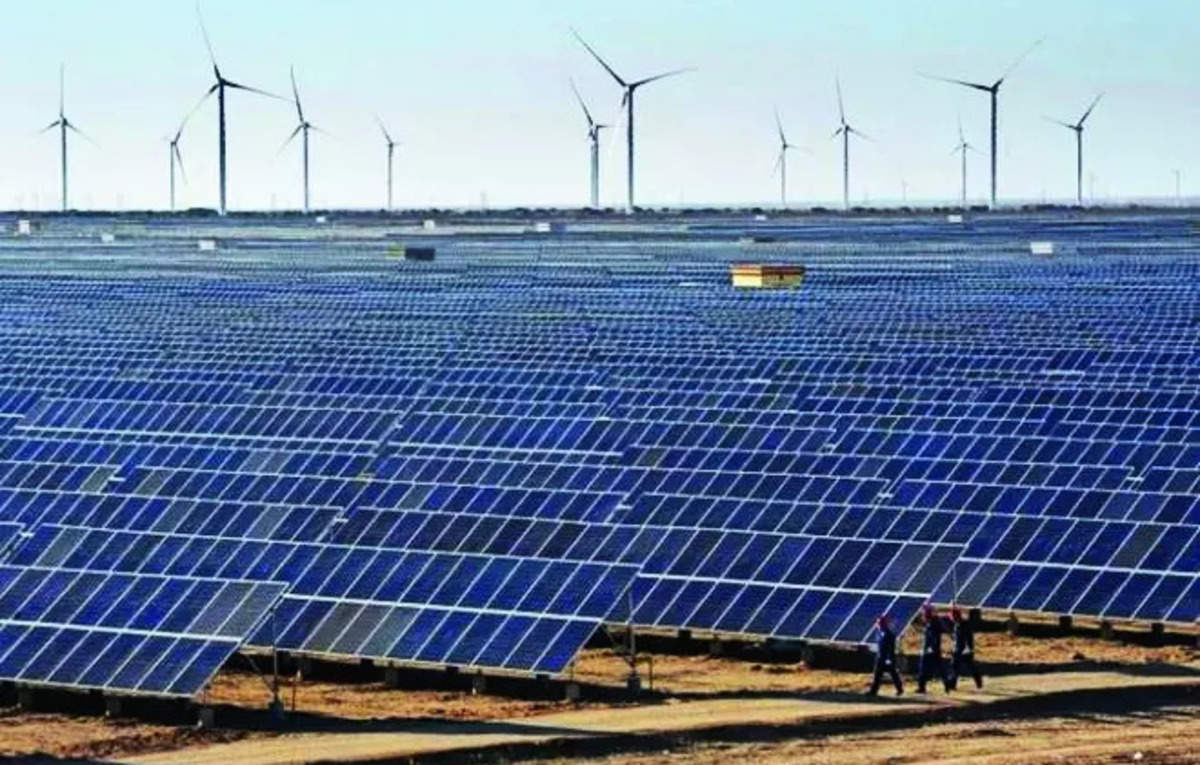Context
India is at a strategic crossroads in its growth as a nation where renewable energy is poised to become one of the prime industries that will drive the nation’s expansion. The situation where the country is in terms of energy demands, the effects of environmental degradation and the ever rising need for development cannot allow for any non-investment in renewables.
Overview of India’s Energy Landscape
India is the third largest consumer of energy in the world and with the growth rate of urbanization and industrialization the energy demand of the country is expected to grow further. Currently the energy mix of the country is dominated by fossil fueled energy with fuel oil and coal playing a major role, specifically coal contributes significantly to electricity generation. But with the increased concern towards the environment and the security of energy needs, India has planned on attaining a massive target of renewable energy.
Ambitious Renewable Energy Targets
Currently, the Indian government has sanctioned the capacity addition of 500 GW through the non-fossil fuel means by 2030. This target is part of a broader strategy outlined at the COP26 climate summit, which includes:
- Cutting greenhouse gas emissions by one billion tons by the year 2030 from now onwards.
- To reach the global 1.5° Celsius temperature across the planet by 2070 which requires depolluting by net-zero carbon emissions by the same year.
- Reducing the portion of energy produced from renewable resources to cover fifty percent of the country’s demand by the year 2030.
Economic Implications and Investment Opportunities
- Massive Investment Requirements: To meet its renewable energy targets, India will require substantial investments estimated at around $385 billion by 2030. This includes:
- $190-215 billion for capacity additions over the next six to seven years.
- An additional $150-170 billion for transmission and distribution infrastructure.
These investments are expected to create a robust ecosystem that supports not only renewable energy generation but also ancillary industries such as manufacturing and technology development.
- Job Creation Potential: The shift towards renewable energy is predicted to generate many millions of new employment opportunities in different fields. According to the analysis, more than 1 person in a hundred throughout the world will be diagnosed with cancer by the year 2030. This is as demand for manpower continues to be created, particularly in the growing renewable energy industry, where 3 million jobs will be available. This encompasses prospects in solar, wind as well as bioenergy in addition to complementary sectors such as EVs as well as battery storage. An analysis of employment of the renewable energy sector reveals that it could potentially provide employment five times better than the entire fossil-fuel sector as we speak. These job creations will be crucial for dismantling the youth unemployment problems and economic exclusion in India.
- Enhancing Energy Security: The shift to renewable sources of energy will improve the country’s energy security by minimising the use of imported fossil energy sources. Presently, India imports energy products and the net energy import bill is at 3% of its GDP. Through domestic procurement of renewable resources, India’s energy security shall be enhanced, a dimension that will ensure that the country will not be vulnerable to unpredicted shifts in international oil prices.
Technological Advancements and Innovation
- Solar Power: Solar has been estimated to have a potential of 748 GWp of the overall renewable energy mix in India, therefore is believed to be a key driver in India’s renewable energy plan. The government through its_PLI schemes for boosting indigenous manufacturing to cut down import dependence and to encourage innovation.
- Wind Energy: India has secured fourth position in wind power generation in the world. Projects already underway and enhancements in technology suggest that wind capacities should increase significantly up to 2030.
- Energy Storage: This is because, with advancements in battery technology, the overall cost per storage decreases and efficiency increases thus proving to be important in the application of balancing the grid with renewable energy sources. Capital expenses on batteries are expected to rise parallel to the renewable generators deployment.
Challenges Ahead
- Grid Infrastructure: renewable capacity is straining the present grid infrastructure and requires improvements extensively. There are present plans to invest nearly $30 billion for the expansion of the grid in the nexr 15 years.
- Intermittency Issues: Solar and wind power is an intermittent resource, therefore it requires a reliable source of backup. There, the creation of optimum storage technologies and dynamic grids will also prove necessary.
- Financial Viability: It’s important that power companies that participate in renewables’ generation should make fiscal balance in a scenario where costs of projects are enhancing and markets are bearing pressures from conventional fuel sectors.
Source: The Economics Times

